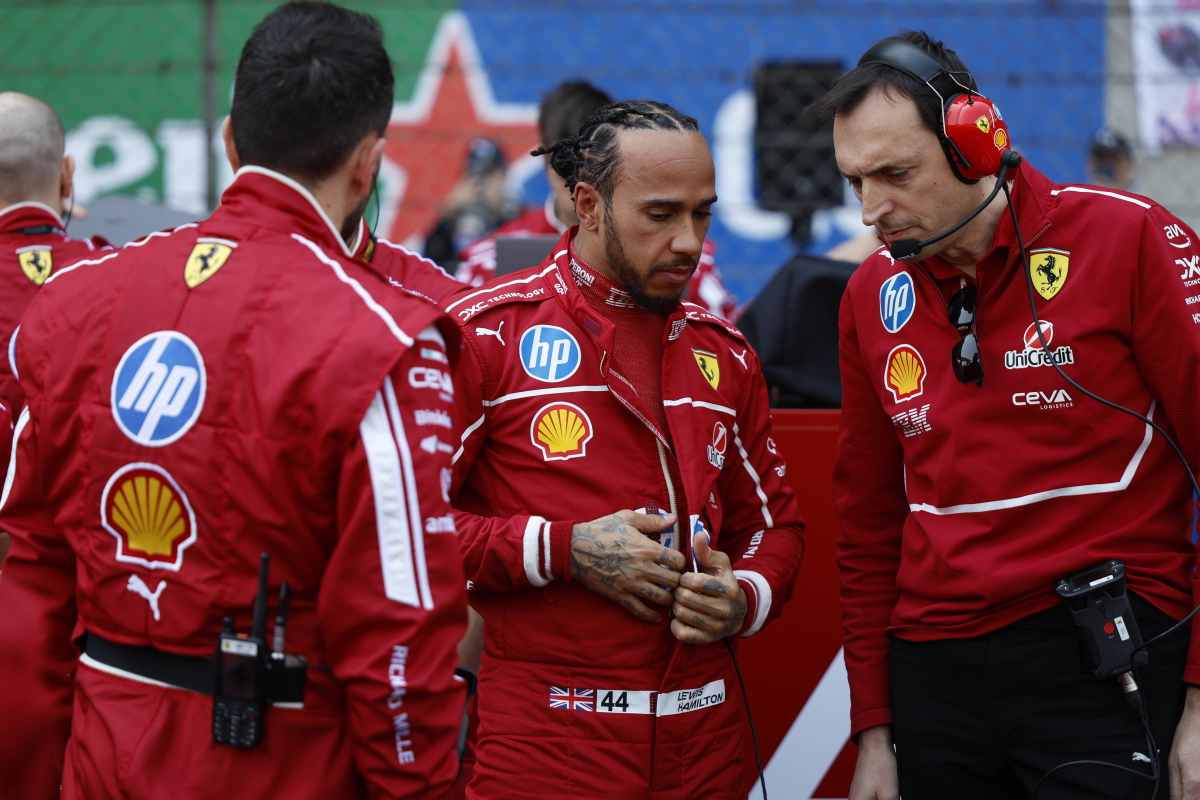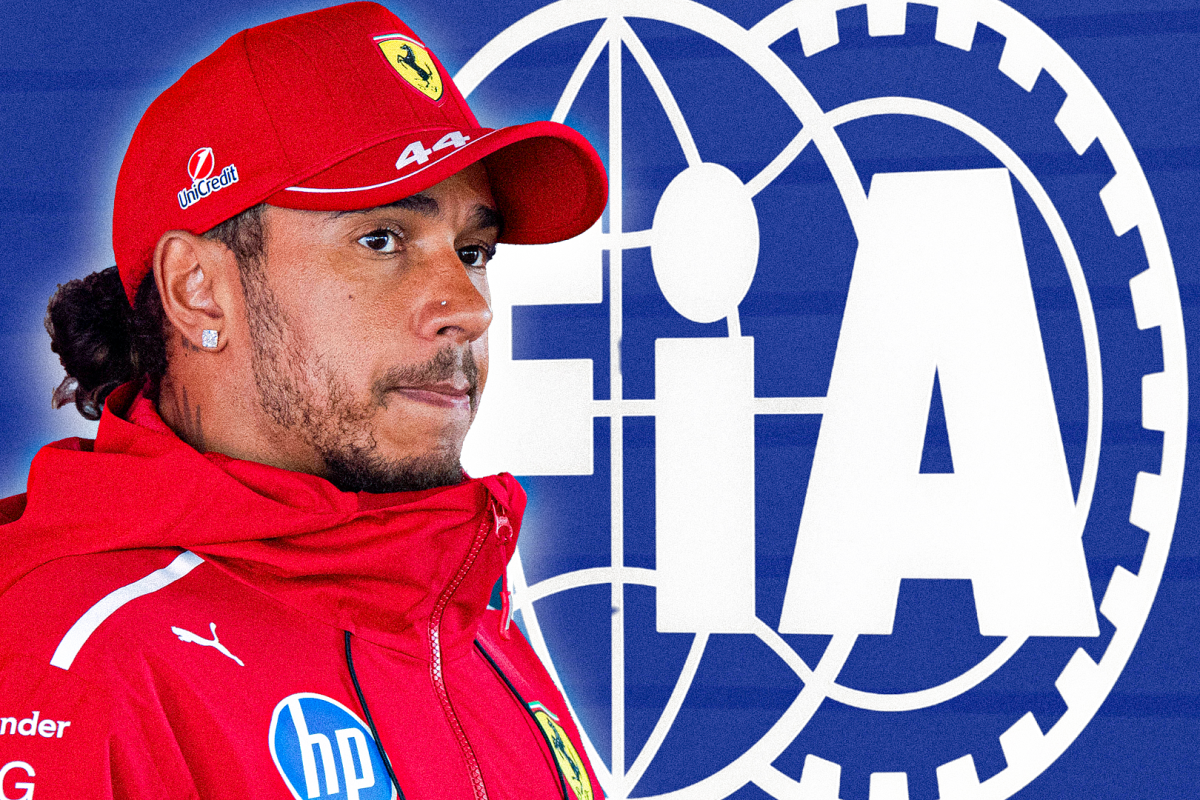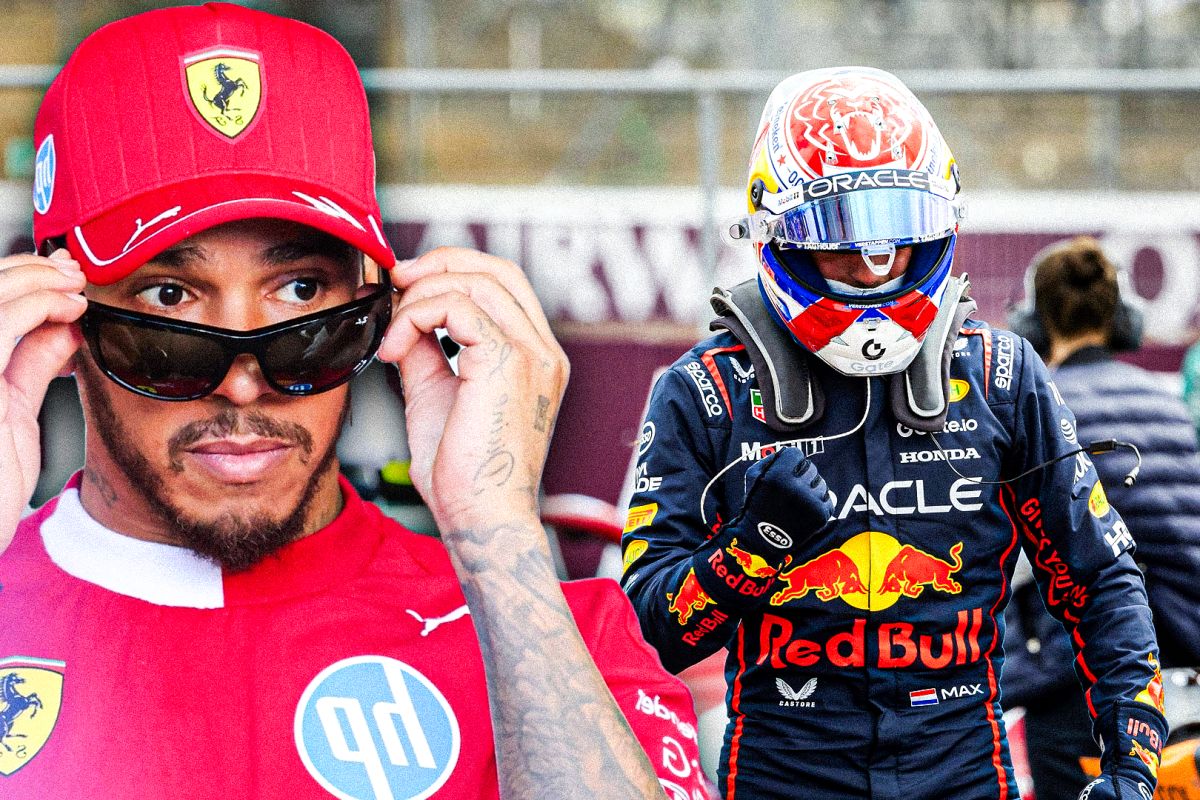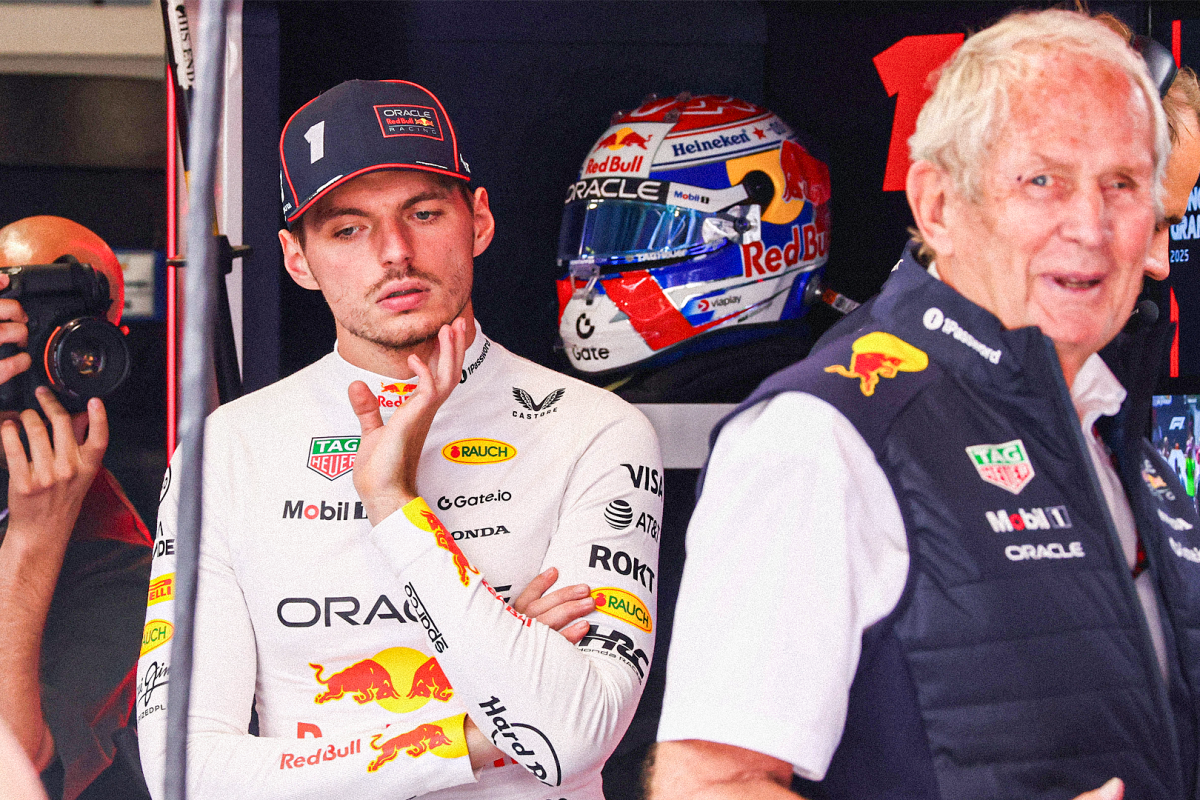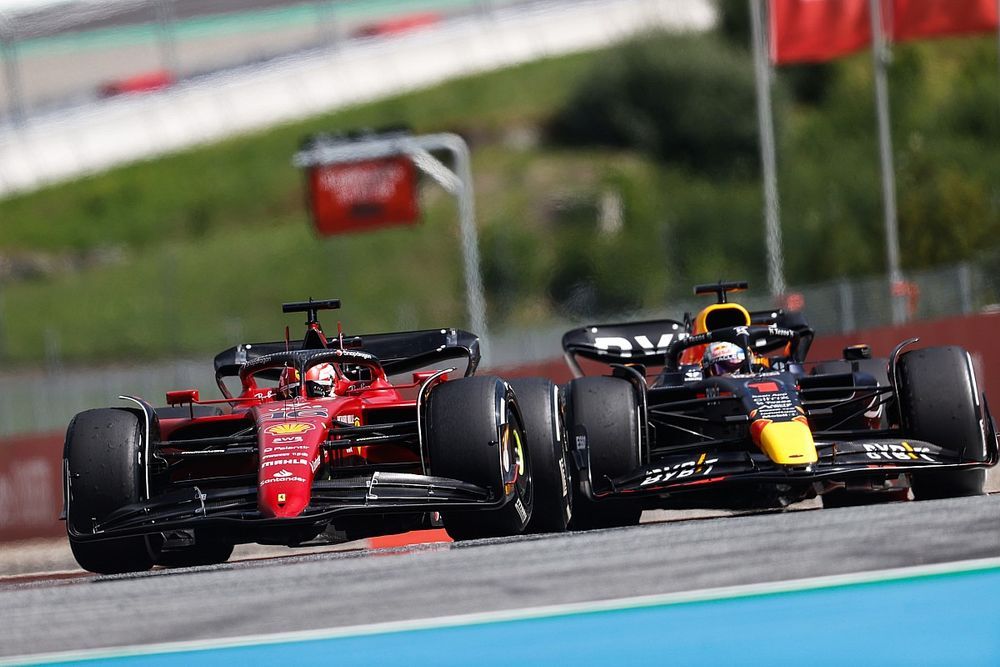Lewis Hamilton ‘Miserable’ After Ferrari Communication B…read more
Lewis Hamilton has described his experience during the Monaco Grand Prix as “miserable” following yet another challenging weekend driving for Ferrari. The seven-time Formula One world champion, who joined the iconic Italian team in 2025 with hopes of reviving their championship fortunes, found himself grappling with communication issues and an underwhelming performance at one of the calendar’s most prestigious events.
Hamilton managed to salvage a fifth-place finish in Monte Carlo despite being handed a three-place grid penalty after qualifying, which initially pushed him down to seventh. Although he gained positions to re-enter the top five, his efforts were largely overshadowed by the strong performance of his Ferrari teammate Charles Leclerc, who secured an impressive second-place finish. Hamilton, on the other hand, finished nearly 50 seconds behind Leclerc, highlighting the disparity between the two Ferrari drivers over the race distance.
The Monaco race further exposed the fragile dynamic between Hamilton and his new race engineer Riccardo Adami. After crossing the finish line, Hamilton was heard asking over the team radio, “Are you angry with me?”—a question that went unanswered by Adami, raising eyebrows about the state of communication within the Ferrari garage. This exchange was just the latest in a string of awkward and ineffective communications between Hamilton and Adami since the start of the season. With eight races now completed, it is becoming increasingly clear that the duo has yet to find a functional rhythm, which is crucial for success in the high-pressure environment of Formula One.
In post-race interviews, Hamilton expressed his frustration over the lack of clear instructions from the Ferrari pit wall. “The information wasn’t exactly that clear,” he said. “I didn’t understand what ‘this is our race’ meant. I didn’t know what I was fighting for—was I chasing the car ahead, or just holding position?” Hamilton admitted that the lack of clarity led him to overuse his tyres at a point when there was little chance of catching the front-runners. “When I looked at the data after the race, I realized I was nowhere near any of the guys up front,” he added.
This candid self-assessment highlighted not only the communication gap but also a deeper issue: Hamilton’s continuing struggle to adapt to the SF-25, Ferrari’s 2025 challenger. While the car has shown flashes of competitiveness—most notably in the hands of Leclerc—it has not yet offered Hamilton the consistent performance platform he needs to fight for podiums or wins.
The contrast between Hamilton’s demeanor after Monaco and his mood just one week prior in Imola could not have been starker. At the Italian Grand Prix, Hamilton achieved his best result in Ferrari colors to date, finishing fourth and just over a second away from the podium. That result had briefly lifted the spirits of the British driver and suggested that he was beginning to find his footing with the team. However, the regression in Monaco quickly dampened those hopes and cast fresh doubt over Ferrari’s ability to mount a genuine championship challenge with their star signing.
Hamilton, who turned 40 earlier this year, was brought into Ferrari with the mission of ending the team’s long-standing title drought—stretching back to 2008 when they last won a championship of any kind. However, with eight races now in the books, Hamilton sits sixth in the drivers’ standings with 63 points, far adrift of the leading contenders. The team itself also appears to be trailing in both the Constructors’ Championship and the development race, making their lofty pre-season ambitions look increasingly out of reach.
While there is still a long season ahead, the early signs suggest that Hamilton’s transition to Ferrari is proving more difficult than either party anticipated. For Hamilton, the adjustment to a new car, a new team culture, and a new engineer has been anything but smooth. For Ferrari, integrating a driver of Hamilton’s stature into their existing structure has also posed challenges—particularly in terms of engineering synergy and strategic communication.
The Monaco Grand Prix served as a painful reminder that even the most successful drivers in F1 history are not immune to the intricacies and setbacks of team integration. As the season progresses, Hamilton and Ferrari will need to rapidly improve their internal communication and operational cohesion if they are to have any hope of salvaging a competitive campaign. Otherwise, the much-hyped partnership could risk becoming a high-profile misfire rather than a return to glory.
